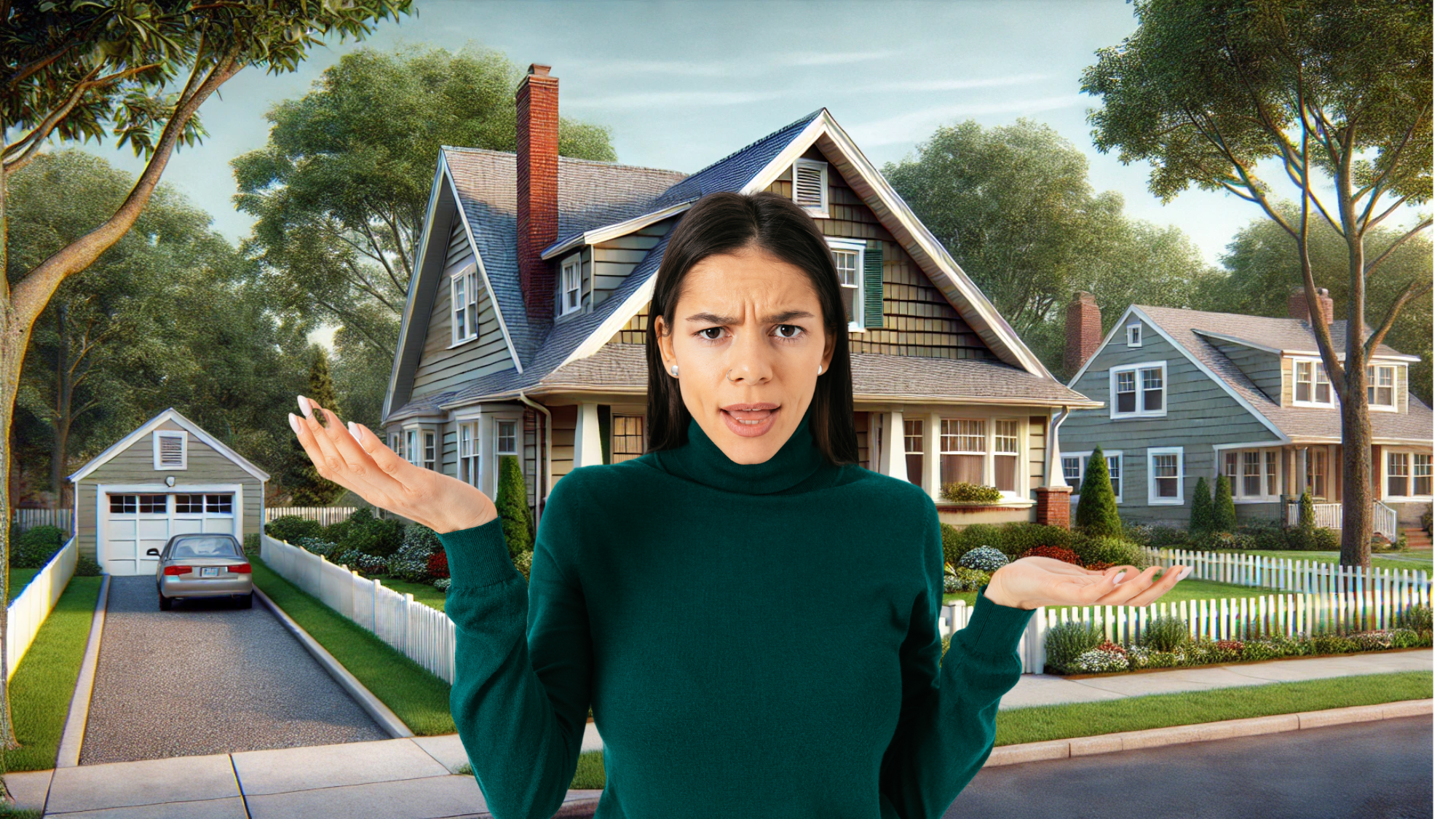If you own a home on Long Island, brace yourself: homeowners insurance premiums are skyrocketing, with many homeowners seeing increases of 100% or more. What’s behind these hikes? Insurance companies are in a state of panic, driven by hurricane forecasts, the rising cost of repairs, and the skyrocketing prices of construction materials and labor. In fact, many insurers are now pricing replacement costs at $400 per square foot or more, a dramatic increase from just a few years ago.
This spike in replacement costs is due to the rising expense of commodities like lumber, copper, and steel, as well as labor shortages that have pushed up wages in the construction industry. Rebuilding or repairing homes has become significantly more expensive, and insurers are adjusting their premiums to account for this.
Older Homes Are Being Hit the Hardest
One of the biggest challenges for homeowners today is that insurance companies are now viewing homes built before 1960 as high-risk. Approximately 35% of homes on Long Island were built prior to 1960, which means a significant number of homeowners are directly affected by this shift. Why? Homes from this era often have outdated electrical, plumbing, and structural systems, making them more prone to damage and costly repairs. Insurers see these homes as liabilities, particularly because they are often less resilient to severe weather events and don’t meet modern building codes. For these older homes, we’re seeing premium hikes in excess of 100%.
What’s Driving the Increase?
There are several specific factors driving these increases, particularly for older homes on Long Island:
1. Increased Focus on Climate Risks
Climate change has forced insurance companies to update their risk assessment models. With extreme weather events like hurricanes and floods becoming more frequent and severe, homes—especially older ones—are being hit with higher premiums. In coastal areas or regions prone to flooding and storms, older homes are seen as more vulnerable, which leads to higher insurance rates to account for the potential damage.
2. Building Code Upgrades and Ordinance Requirements
Many municipalities have updated their building codes to address the increased risk of natural disasters. Homes built decades ago often don’t meet current standards for wind resistance, flood prevention, or fire safety. If these homes are damaged, insurers may be required to cover the cost of bringing them up to code, significantly increasing repair costs. As a result, insurance premiums are adjusted accordingly to cover the potential higher costs of repairs.
3. Reinsurance Costs
Reinsurance, which is insurance for insurance companies, has become much more expensive. Insurers purchase reinsurance to protect themselves from large losses, especially in regions prone to natural disasters like hurricanes. With the increasing frequency and severity of such events, the cost of reinsurance has surged, and these costs are being passed down to homeowners, particularly those in higher-risk, older homes.
4. Legislation and Regulatory Changes
While there haven’t been major legislative changes on Long Island recently, insurers are preemptively adjusting their rates in anticipation of future regulatory shifts. Additionally, some legal changes have increased consumer protection laws, leading to higher claims payouts, which also contributes to rising premiums.
What Can Long Island Homeowners Do?
For homeowners, especially those with older homes, these premium increases can feel overwhelming. However, understanding what’s driving these hikes can help you make informed decisions about your coverage. Here are a few steps you can take:
- Review Your Policy: Make sure you understand what’s covered under your current homeowners insurance policy and what factors are driving your premium increases.
- Upgrade Your Home: Consider updating critical systems like plumbing, electrical, and roofing to reduce the perceived risk by insurers. You may qualify for discounts or lower premiums if your home meets modern safety standards.
- Shop Around: It’s always a good idea to compare rates from different insurers to ensure you’re getting the best deal possible. Some insurers may offer better rates for older homes or be more lenient with certain risk factors.
While the current environment is challenging, staying informed and proactive can help homeowners navigate these rising insurance costs. As the market continues to evolve, keep an eye on changes in insurance policies and make adjustments to protect your home without breaking the bank.
Jones Hollow Realty Group is here to keep you informed about the latest trends impacting your home and finances. If you’re considering selling your home or need advice on how to maximize its value in today’s market, reach out to us. Now may be the perfect time to explore your options.
